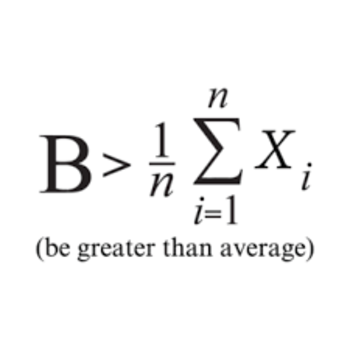Two charges +1*10^-6 and -4*10^-6 are separatd by a distance of 2 m. Where is the null point located?
Two charges +1*10^-6 and -4*10^-6 are separatd by a distance of 2 m. Where is the null point located?
Two charges
1 Answer
Explanation:
We are looking for the point where the force on a test charge, introduced near the 2 given charges, would be zero. At the null point, the attraction of the test charge toward one of the 2 given charges would be equal to the repulsion from the other given charge.
I will choose a one dimensional reference system with the - charge,
In the region between the 2 charges, the electric field lines will originate at the + charge and terminate at the - charge. Remember that the electric field lines point in the direction of the force on a positive test charge. Therefore the null point of the electric field must lie outside the charges.
We also know that the null point must lie closer to the lesser charge in order for the magnitudes to cancel- as
Using Coulomb's law, we can write separate expressions to find the force on a test charge,
Using that to write our separate expressions (see above paragraph) for a null point at x
Note, I am using
The 2 forces on
Cancelling where possible:
Plugging in the charge values:
Some cancelling again, and rearranging,
This can be turned into a quadratic- but lets make it simple and take the square root of everything, yielding:
Solving for x:


